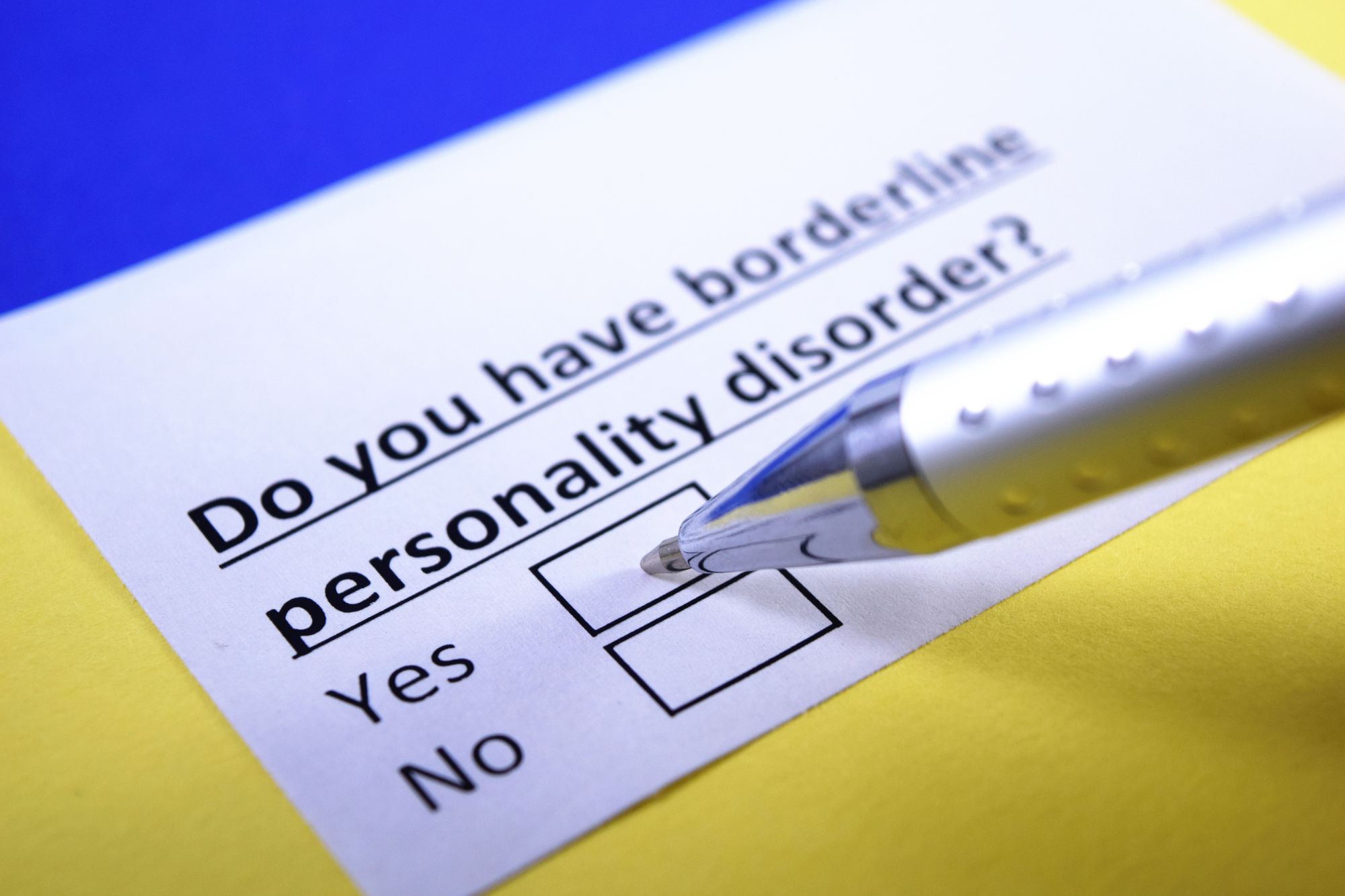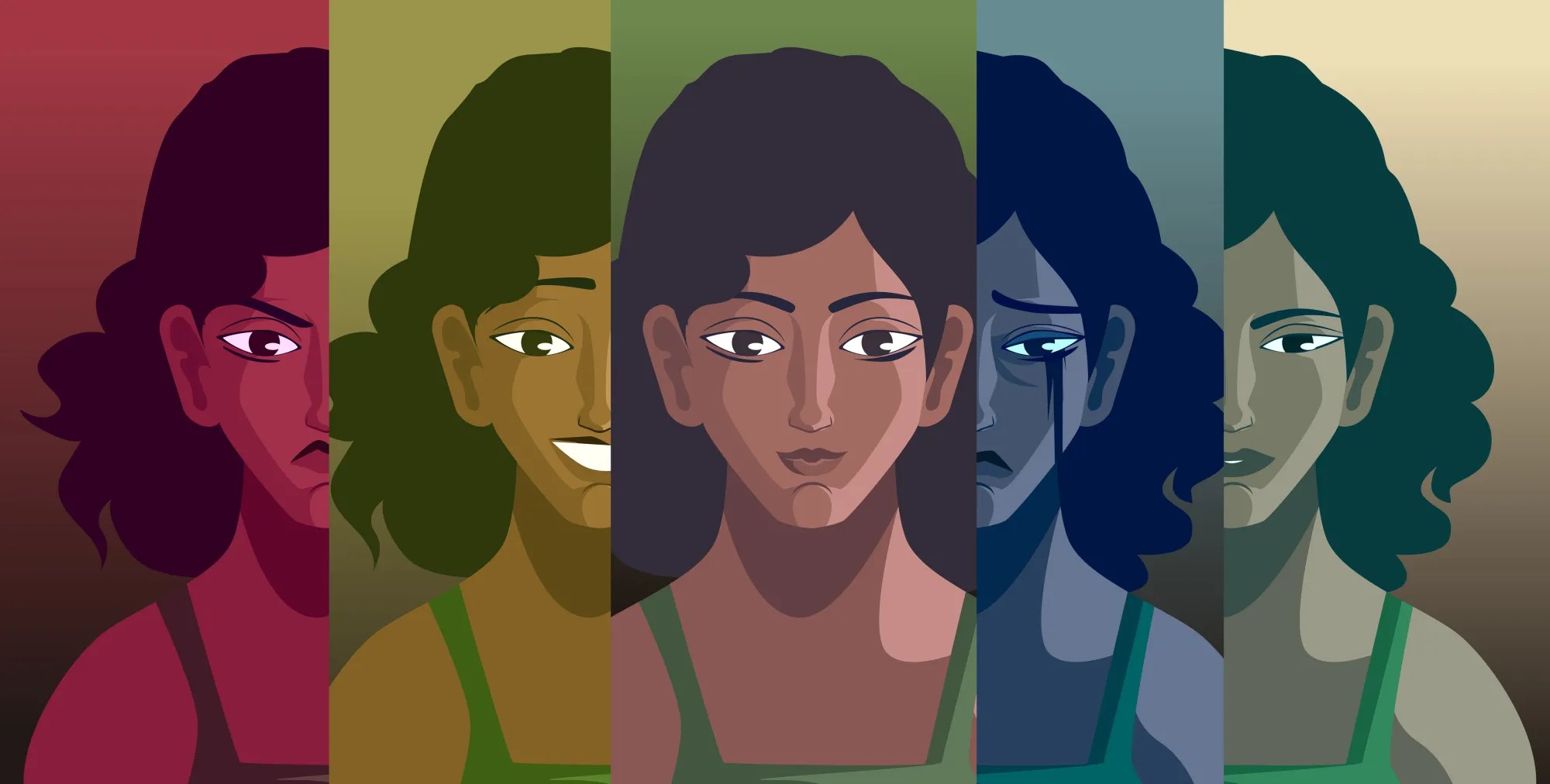With mental health becoming a raging topic to speak about, the internet has tons of people giving their two cents on what mental disorders are and labelling people with the same.
Whenever I open my social media I see people throwing around words like ‘toxic’, ‘codependent’, ‘narcissist’, ‘trauma’. It is funny and alarming at the same time to see people using these labels with no reliable information to back it with, further perpetuating the stigma that surrounds certain mental health conditions.
One of the most stigmatised spectra of disorders is, no doubt, personality disorders. Especially Cluster B personality disorders which include Histrionic Personality Disorder, Narcissistic Personality Disorder, Borderline Personality Disorder and Antisocial Personality Disorder. So, we spoke to Pratyakshaa Tewari, a Psychotherapist at The Mood Space to understand more about Borderline Personality Disorder (BPD). She started off by saying,
The sad reality of how BPD is seen is, if you Google on this condition there is more information out there for people who have partners, friends or family members with BPD, on how they can ‘deal with them’, ‘protect themselves from their abuse’, etc. than there is on the disorder. There are innumerable pages on social media platforms talking about ‘recovering from borderline abuse’, labelling people struggling with BPD as ‘manipulative’, ‘crazy’, ‘jealous’, ‘selfish’ and even ‘untreatable’.
The stigma doesn’t stop with laymen imposing their definition of what BPD is but seeps even into our mental health systems where BPD is one of the most misdiagnosed disorders. People with BPD (PwBPD) often struggle to find a professional (psychiatrist, psychologist, therapist) who is a good fit for them because of the lack of trauma-informed professionals in the field of mental health in our country. It is essential that the support that PwBPD access is trauma-informed because you cannot work with people with BPD without working with their trauma. Which brings us to the question:

Where Does BPD Stem From?
Research says BPD mostly stems from factors that are a combination of genetic disposition and childhood experiences.
Childhood experiences of neglect, abuse (physical, sexual, emotional), being exposed to constant fear and growing up with a caregiver who may have a mental illness or addiction problems often contribute to the development of BPD in early adulthood. Owing to its origination in early childhood experiences of attachment, BPD is starting to be recognized as an attachment disorder. People with BPD struggle a lot in their interpersonal relationships which are often described as “a rollercoaster” or “too intense too soon”. They often present with a disorganised attachment style which looks like:
- Unpredictable and intense relationship patterns.
- Extreme fear of rejection and abandonment.
- Difficulty trusting and connecting with others.
- Extreme need for closeness and intimacy but avoid and push others away at the same time.
- Difficulty regulating their emotions.
Apart from the attachment-related challenges that people with BPD face, there are other signs and symptoms that they present as well. Which includes:
- An unstable sense of self – PwBPD often struggle with a shifting self-image. They experience frequent changes in their goals, values and interests and may struggle with knowing who they truly are.
- Chronic feelings of emptiness.
- Self-harm and frequent suicidal ideation.
- Explosive anger: PwBPD often struggle with managing their emotions and may become extremely reactive when angry. Their triggers mostly originate in their interpersonal relationships where they often lose their temper and may even become sarcastic or bitter.
- Fear of abandonment: One of the most painful symptoms that PwBPD go through is the fear of being left alone. This fear can be real or perceived and they often end up trying to avoid abandonment by either holding on to unhealthy relationships or avoiding relationships at all costs to keep themselves protected from the experience of possible abandonment.
- Impulsive and self-destructive behaviour – PwBPd often struggle with addiction and may engage in impulsive self destructive behaviours like – excessive drug use, overspending, and unprotected sex (to name a few).
- Emotions oscillating between extremes.
- Paranoid or suspicious thoughts: PwBPD have a hard time trusting others which often leads to suspicious thoughts questioning the intentions of others.
- Dissociation: feeling disconnected from self or out of touch with reality. One of the ways in which PwBPD learn to cope with their intense and painful emotions is by disconnecting with self. Their experience of dissociation may range from mild (daydreaming, zoning out, getting lost in books/movies) to more severe kind (derealization, depersonalization, dissociative amnesia)

To be diagnosed with Borderline Personality Disorder one has to present with at least 5 of the symptoms mentioned above. To some extent, a lot of us may resonate with the list of symptoms when we read it. However, it is important to know that most symptoms of mental illnesses fall on a spectrum and when a diagnosis is given it is not only based on how many symptoms we show but also to what extent they come in way of our day to day life and the frequency and the intensity with which we experience them.
Now that we have gone through how BPD can show up in people, let’s talk about how we can support and respond to someone struggling with BPD.
- There are a lot of labels attached to people struggling with BPD, however, how the disorder presents in people is unique to each person. There are 9 core symptoms and they can show up in any combination. The first step towards supporting someone with BPD is understanding how the disorder shows up in them and impacts them. The best way to do this is by asking questions. Ask them about their illness and the kind of support they need. Refrain from using labels and stereotypes to define them.
- PwBPD struggle with regulating their emotions and may often need time and support to regulate and soothe themselves when they get triggered by intense emotions. If you’re a loved one of someone struggling with BPD, offer them help to regulate and manage their emotions since they may often find it extremely difficult to do it on their own.
- Have an empathic and supportive conversation with them about reaching out for help. Connect them with trauma-informed therapists and support groups that they can reach out to for help.
- PwBPd often experience extreme distress at the sign of real or imagined abandonment and rejection and may require reassurance, comfort and safety in those situations. Such feelings can show up in instances when there is a conflict, disagreement or fight. Take a pause in such situations to acknowledge that they may have been triggered. Withdrawing, shaming and blaming them for their reaction may often worsen their distress. Take time off to calm yourself down if the need is and affirm them by telling them that the conflict doesn’t mean you will leave them.
- People with BPD are often at risk of self-harm and other self-destructive behaviours. Check in on them. Help them create a safety plan and connect them with resources they can reach out to in case of acute distress (add links to helplines).
- Have fun together! PwBPD really value their relationships but often struggle with feeling safe within them. Creating safe and fun experiences in the relationship allows them to build trust and experience positive emotions in the relationship and helps them in developing and experiencing a healthy attachment.
- PwBPD may be extremely sensitive. Since BPD often originates from childhood trauma they may have triggers that could lead to extreme emotional distress. Make an effort to understand the triggers of your loved one with BPD which will also help you understand why they react the way they do.
Living with BPD is an extremely painful experience. Working on the same is equally challenging and painful if not more. When you have BPD you are not only constantly navigating the pain that comes with the day to day dysregulation of your moods and emotions but constantly fighting and managing the pain that comes with your past trauma. In the pool of all the insensitive media content out there for PwBPD, one show has come up with an accurate and sensitive representation of the disorder and has become a comfort show for PwBPD across the world, making them feel seen and understood. Crazy Ex-Girlfriend is an American romantic musical comedy-drama television series that revolves around the life of Rebecca Bunch who is diagnosed with BPD. She navigates her relationships, career and day to day life struggling with the disorder while seeking treatment for the same. Dr Shin, Rebecca’s psychiatrist in the show accurately describes someone who struggles with BPD as:
“Well, a person with BPD is someone that lacks the protective emotional skin to feel comfortable in the world.”
It is true that the world can feel harsher and more overwhelming to someone struggling with BPD. However, what we can do to make it a little better for them is offer our support, love and sensitivity.
Follow @malinisgirltribe on Instagram for more content like this and download the Girl Tribe by MissMalini App to join our Healing & Wellness community.

